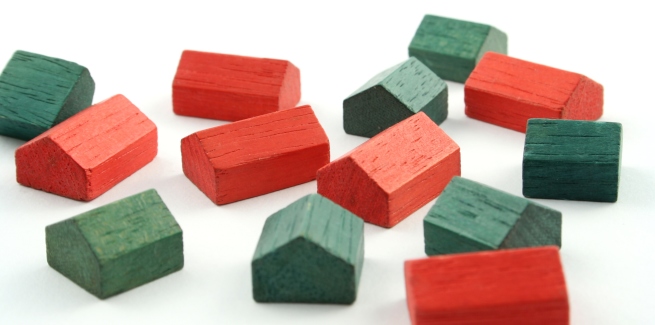The Queensland government’s Department of State Development, Infrastructure, Local Government and Planning (DSDILGP) has been quizzed on housing supply under the ongoing parliamentary inquiry into housing affordability.
In written answers to questions on notice from the House of Representatives standing committee on tax and revenue, the state department has noted a flurry of movement into the state.
Data from REA Group last year showed that in the 12 months to March 2021, Queensland had the highest net internal migration (the net total of people moving in and out) across all states, of 30,785 people.
“As a state from March 2020, there has been a significant change in population growth, primarily driven by high interstate migration flows,” the Queensland DSDILGP stated in its written answers.
“This has placed additional pressure on the housing market, leading to an increase in house prices and reduction in housing affordability, tightening of the rental market, increased demand for social housing and for housing and homelessness services.”
While the state has committed to working towards additional affordable and social accommodation, the federal government’s decision to stop the National Rental Affordability Scheme will further strain Queensland housing, the department added.
“The conclusion of this scheme will leave thousands of Queensland families worse off as they pay increased rent on their home while family budgets are being stretched to the limit,” the DSDILGP warned.
“With more than 9,000 households exiting the program over the next three years, it will place further pressure on housing affordability in Queensland.”
According to the Queensland Housing Strategy 2017-2027, almost 380,000 additional homes would be needed by 2027, when the state’s population was tipped to hit 5.7 million.
Data from the Australian Bureau of Statistics (ABS) showed there had been 179,218 new residential dwellings approved in the five years after 2017, between January 2017 to September 2021.
In response to the pressures, the state government had set up a program to monitor growth across the state, having established a housing supply expert panel and a review on land supply and development.
There are two key benchmarks it is working towards under the program, with one being that each local government area has at least 15 years of supply of land that is zoned and able to service for new growth in the area.
The other benchmark is that on average, there are at least four years of approvals that have been issued across South-East Queensland to provide for growth.
In 2020, the Land Supply and Development Monitoring Report had found that while the benchmarks were on average, being met, a number of local government areas had less than four years’ approved supply of land.
Following that finding, the government launched its Growth Areas Team within the DSDILGP to improve land supply across South-East Queensland.
The team has been tasked with working on accelerating outcomes and planning across growth areas, as well as identifying and implementing systemic changes to the state’s planning framework.
“Caboolture West and Southern Redland Bay are examples of growth areas where the Queensland government is currently taking action to unlock approvals and accelerate planning for development through coordinating land use and infrastructure planning, fast tracking development approvals and funding infrastructure delivery,” the DSDILGP reported.
The Queensland government had published a housing and homelessness action plan for 2021 to 2025, in line with its next stage of its housing strategy for 2017 to 2027.
Queensland had dedicated $1.9 billion over four years, supported by a $1 billion housing investment fund, aiming to boost housing supply and to increase housing and homelessness support across the state.
The action plan has promised to deliver 6,365 new social housing commencements, in addition to the 2,480 commencements delivered in the first four years of the state’s housing strategy. The Queensland government has also committed to delivering 1,034 affordable housing commencements.
Under the plan, the state’s Department of Communities, Housing and Digital Economy will also aid 1,000 households under the Help to Home initiative, where properties sourced from the private market are subleased to community housing providers.
“This is the largest concentrated investment in social housing in Queensland’s history,” the DSDILGP reported.
[Related: Olympics buzz around Brisbane property could fade, says network]

